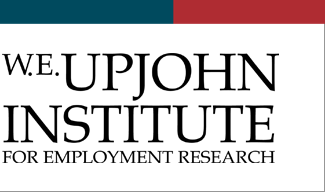Title
Is College the New High School? Evidence from Vacancy Postings
Project Dates
01/01/2015 - 6/30/2016
Description
Do firms demand more skilled workers in a slack labor market? We use a new database of job vacancy postings, containing a near-universe of electronic posts in U.S. metro areas, collected by the firm Burning Glass over the period 2010-2013. We find evidence of upskilling – firms demanding more skilled workers – when the local unemployment rate is higher, i.e., in places where the recovery following the Great Recession was slower. Our estimates imply that firms demand three-quarters of a year more schooling on average in a large recession compared to a boom. We find that at least two-thirds of this effect can be attributed to changes in skill requirements for the same firms and the same occupations, while the remainder is largely driven by shifts towards higher skilled occupations, not a shift in the distribution of firms hiring. Our findings that (1) the upskilling effect is concentrated among firms that always tended to have higher education requirements, (2) the distribution of vacancies shifts towards occupations that require more abstract tasks and upskilling is concentrated among these occupations, and (3) upskilling does not revert after the unemployment rate in a location has recovered, suggest that upskilling in the Great Recession reflects a more structural change due to growing polarization of the U.S. labor market. This project, joint with Lisa B. Kahn of Yale’s School of Management, will become an Institute working paper and is intended for journal publication.
Sponsorship
W.E. Upjohn Institute
Subject Area
EDUCATION; Postsecondary education; WORKFORCE DEVELOPMENT; Job skills and standards


Publications
Do Recessions Accelerate Routine-Biased Technological Change? Evidence from Vacancy Postings, Brad Hershbein, Lisa B. Kahn. American Economic Review 108(7): 1037-72 (July 2018)
Do Recessions Accelerate Routine-Biased Technological Change? Evidence from Vacancy Postings. Brad Hershbein, Lisa B. Kahn. Upjohn Institute Working Paper No. 16-254 (2016)